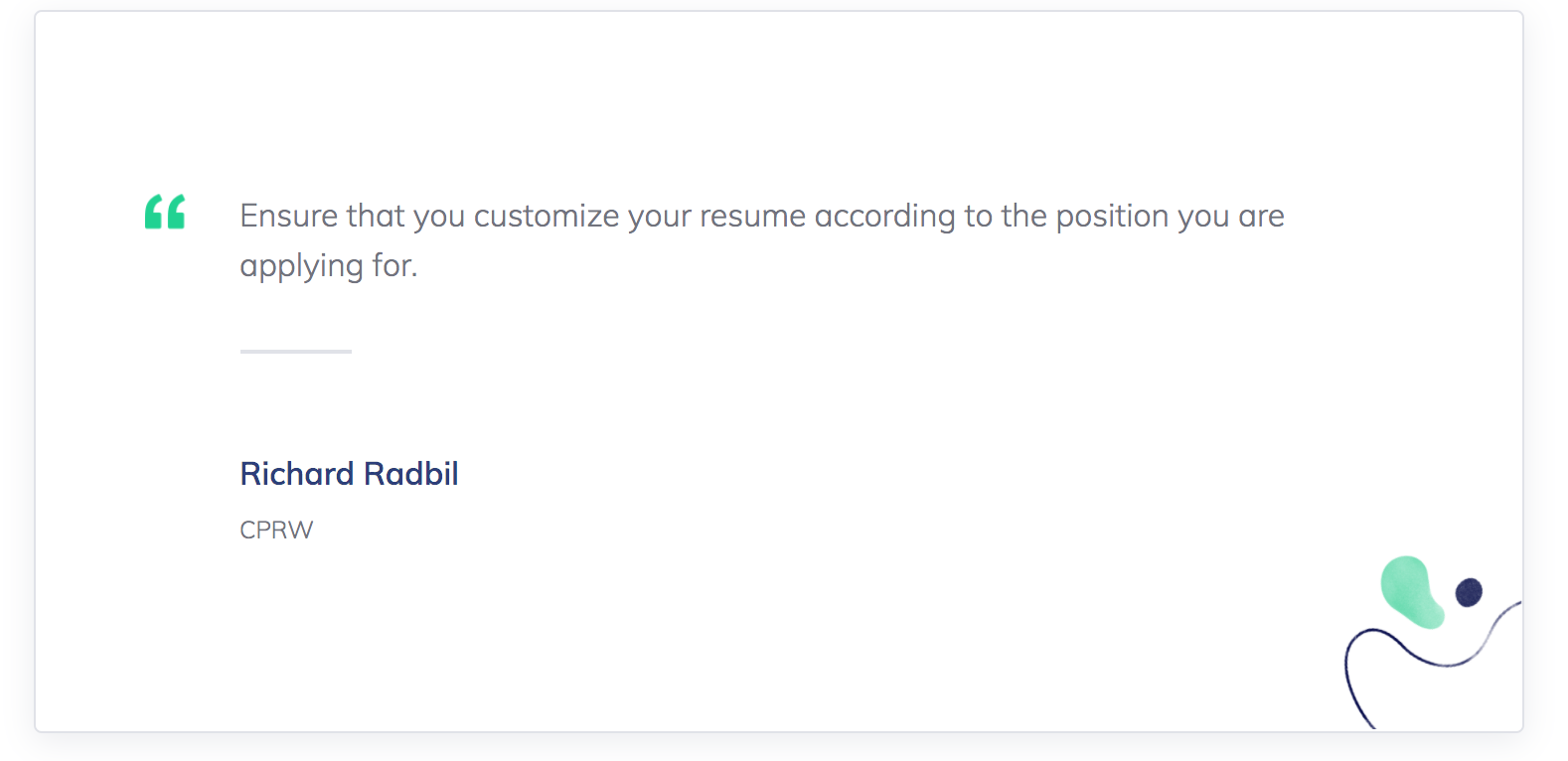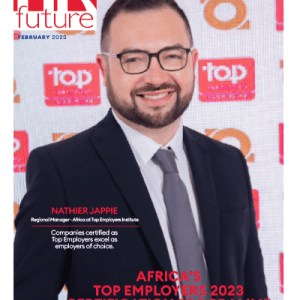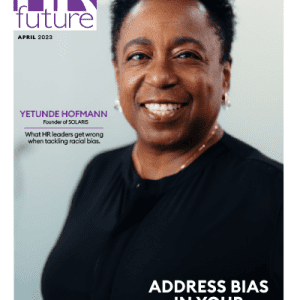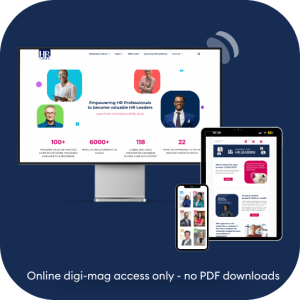We’re serious about resumes and so should you be. After all, it’s the piece of paper (alright, a digital copy of one) that has the power to impact your entire professional path. Scary, right?
The thing is… resume writing is a game that has some unwritten laws established by recruiters and hiring decision-makers. That doesn’t sound fair, does it? How are you supposed to win?
Don’t worry. We’ve surveyed those who lay down these rules. They told us everything they knew. Now we’re sharing it with you.
Read on to learn how to crack the resume code and beat recruiters at their own game. It will all boil down to following some best practices.
Must-haves and must-gos
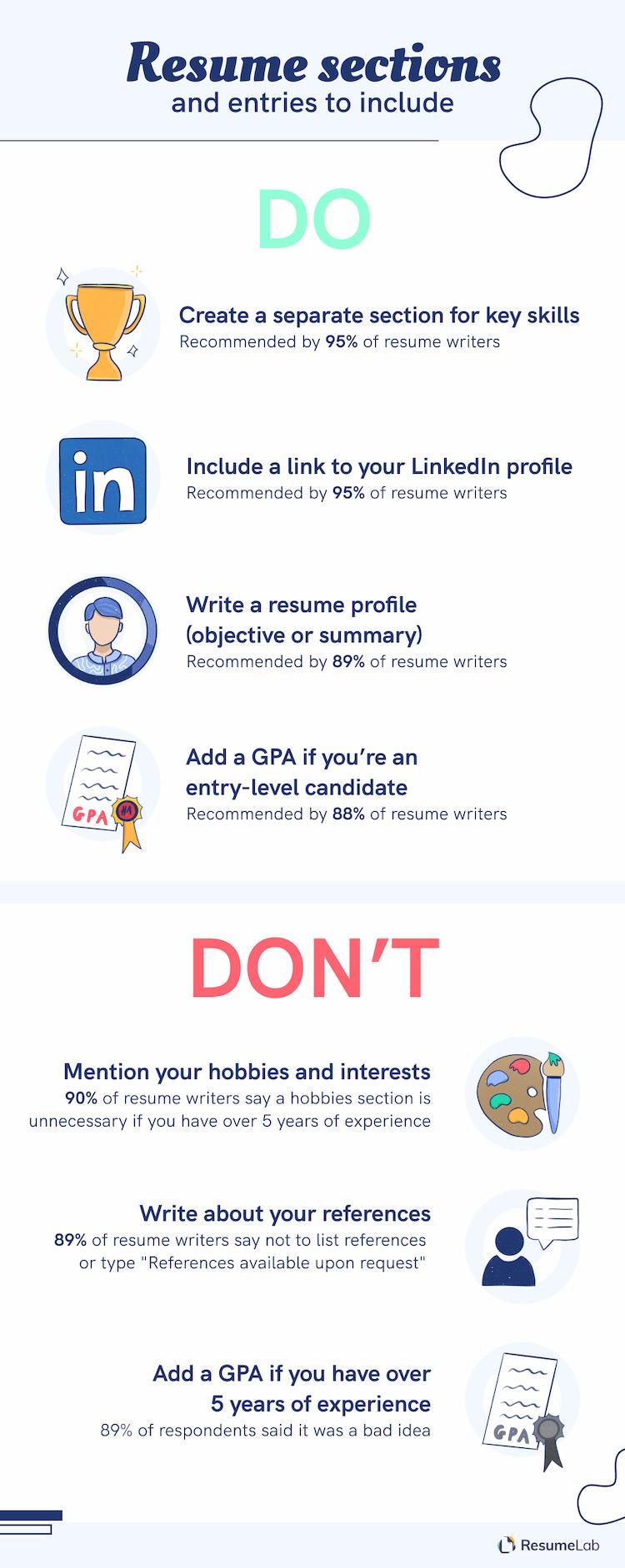
Recruiters see thousands of resumes every day and, depending on the source, spend an average of 6 to 15 seconds on a given document. This means their time is precious, but more importantly, to you, it means your resume has to click ASAP.
A job-winning resume has to be organized in a standard way. That begins with including proper sections in the right order.
In a nutshell:
- Contact information
- Profile (objective or summary)
- Work history
- Education
- Skills
These are the very basics virtually all resume pros we surveyed agree on: 9 out of 10 professional resume writers recommend including all of the above-listed sections.
The thing is, “basics” won’t always do—
Knowing what sections to include on your resume is one thing, but what about items and data to put in each of those?
Sometimes it’s not as straightforward as it might seem.
For instance, nowadays, including a link to your LinkedIn profile in the contact information section is practically a must—96% of resume experts suggest you do so.
Also, if you’re a student or have less than a year of professional experience, you should add your GPA to your education section. That’s according to 88% of our respondents.
For candidates with 2–5 years of experience, 67% of resume experts still recommend including the GPA.
If you’ve been in the workforce for 5+ years, 9 out of 10 respondents say listing GPA is a bad idea.
What about sections or pieces of information *not* to include on resumes in 2020?
- 90% of resume writing pros say you shouldn’t include a list of hobbies and interests if you have more than 5 years of experience.
- For candidates with less experience than that, adding hobbies is still risky: 77% of our respondents advise against it.
- You shouldn’t list your references according to 89% of resume writers.
- Similarly, 88% shun using the phrase “references available upon request.”
The purpose of the hobbies and interest section, back in the 90s, was to add a “human” touch to an otherwise robotic document. But today, that’s an obsolete practice. Let’s face it, your personal interests have little to do with your work performance and it’s the latter that should define your chances of getting hired. Listing interests on a resume feels too personal and unprofessional.
Speaking of unprofessional—so is including references on a resume. Not only is it not customary in the US, it also validates most personal data protection regulations. When it comes to the phrase “references available upon request”… Come on. It’s implied they’re available.
How in-depth should your resume be?
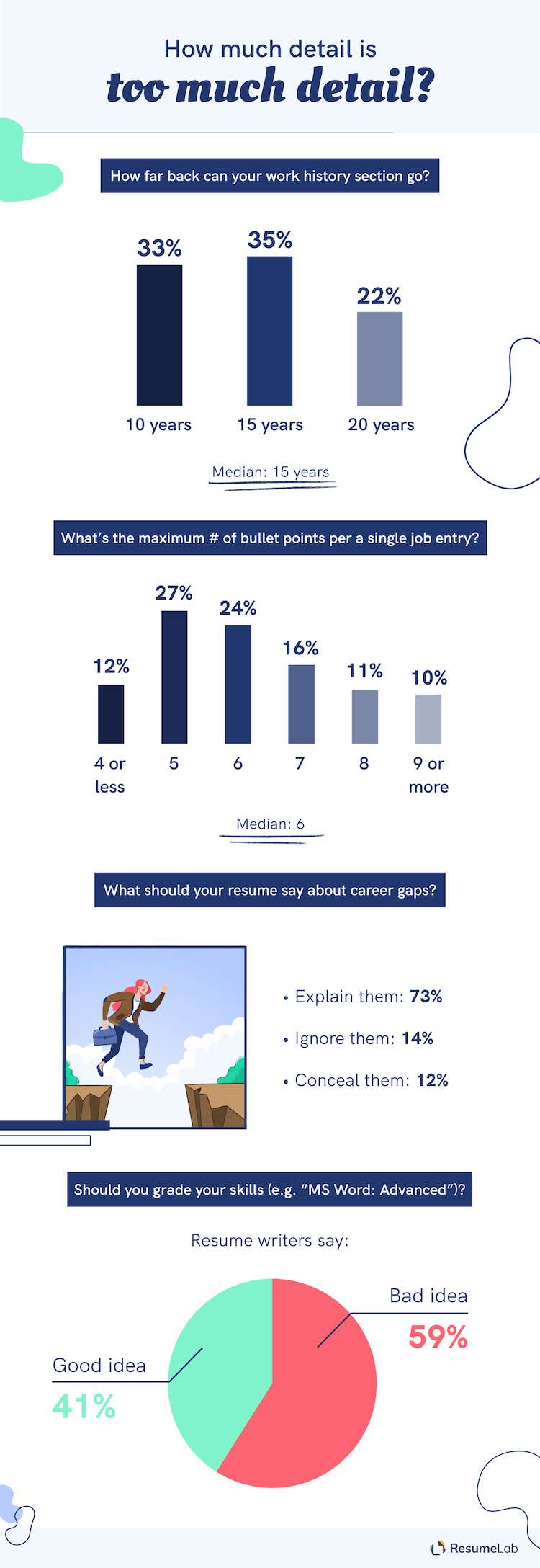
We’ve just talked about what sections to include on a resume and covered some items you should omit. What about what goes *in* those sections? How much information should you provide?
Let’s discuss our survey’s results.
The most important part of a resume, according to the Jobvite Recruiter Nation Report, is the work experience section (67% of recruiters pay the most attention to it). Here’s what to do to get it just right, according to resume pros:
Limit yourself to 15 years of relevant experience
When asked how far back the work history section should go, recruiters typically answered with one of the three time spans:
- 10 years: 33% of respondents
- 15 years: 35% of respondents
- 20 years: 22% of respondents
The median (as well as a “common sense” choice) stands at 15 years for most working professionals.
Obviously, we’re talking about relevant experience here. If, at the beginning of your career, you held seasonal or part-time jobs unrelated to your current profession, skip those, even if it means limiting the scope of your resume to only cover the last 10 years.
If, in turn, you’re a seasoned executive or a C-level pro and you need to outline more than the last 15 years of experience to properly illustrate your progression, go for it (but only if you truly think it adds value to your resume).
Use up to 6 bullet points per position
We then asked resume writers about the maximum number of bullets job seekers can use to describe their achievements and responsibilities in a single position. The answers ranged from 4 to 10, the most common ones being:
- 4 or less: 12%
- 5: 27%
- 6: 24%
- 7: 16%
- 8: 11%
- 9 or more—10%
The average was 6.125 and the median 6. And this is a very reasonable number you should be aiming for.
Remember—recruiters want resumes tailored to a particular opening (Careerbuilder data shows that 54% of recruiters will reject a generic resume). If you pick up to 6 most relevant achievements and describe them in bullet points, it will be enough to present you as *the* ideal candidate while not boring the reader to death.
Do use bullet points, avoid paragraphs
It seems to have become fashionable in recent times to include an introductory paragraph below a job entry on a resume, before proceeding to use the good ol’ bullets—but it’s definitely not recommended.
86% of our respondents suggest sticking to bullet points. First of all, doing so makes the whole document easier to scan. Secondly, a resume is no place for a narrative. Bullet points help you keep your wording succinct.
Explain your career gaps, if you have any
Oh, the shameful career gap. What to do about it in the work experience section? Maybe you should stretch the dates of employment here and there so it doesn’t look this bad? How about you just say nothing about it and hope no one notices?
Nah, it’s best to be upfront.
- 73% of resume pros say you should explain your career gaps.
- 14% suggest ignoring them.
- Only 12% think it’s ok to hide them.
Whatever your reason has been for a career gap, it’s better to quickly describe it rather than to have a recruiter imagine the worst possible scenarios.
Finally, don’t obsess over gaps in your resume. Research by American Economic Association shows that recruiters usually ignore career gaps if they have been followed by relevant experience. Also, for a career gap to potentially hurt your chances of getting hired, it has to be longer than 9 months.
“Don’t judge a book by its cover”
Sorry, just kidding. A resume is your cover. You will be judged. So pay attention to the layout, design and presentation. Here are the key pointers from the hiring experts we surveyed:
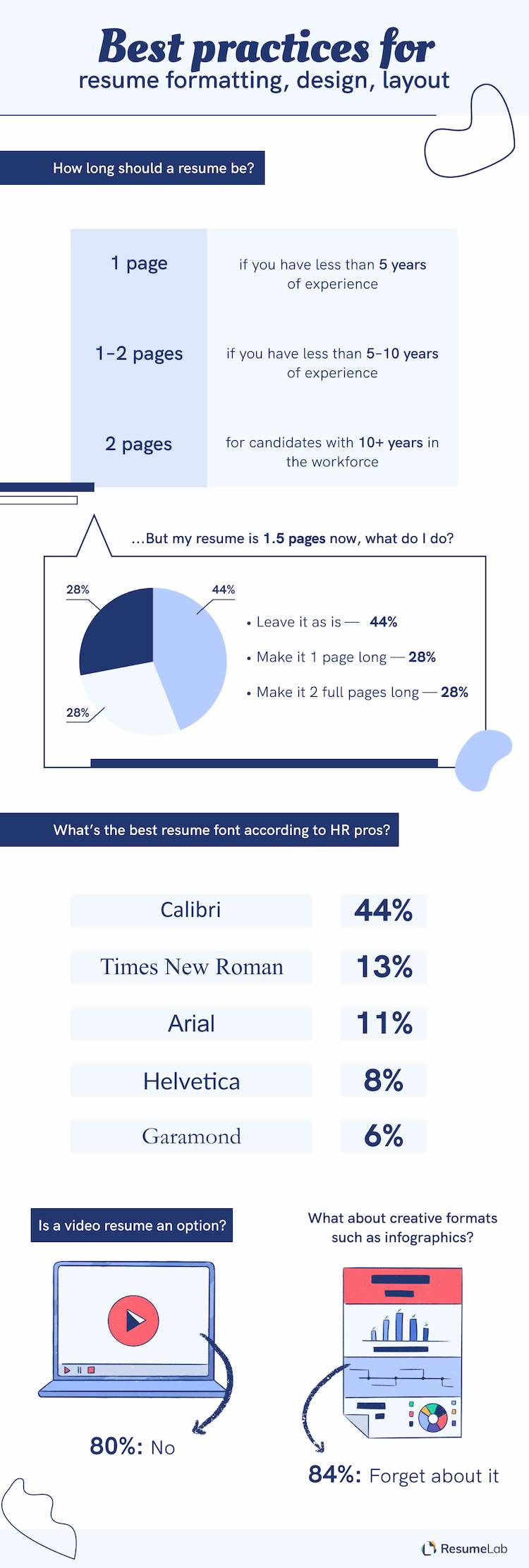
Submit a one-page resume only if you have less than 5 years of experience
The common belief is that a resume has to be one-page long. It’s wrong. At least, for experienced candidates:
- 95% of resume writers think a single-page resume is best for people with less than a year of work experience.
- 82% advocate for a one-pager for candidates with 1–5 years of experience.
- 49% say a one-pager is a good idea for those with 5–10 years in the workforce.
- Only 27% think a single-page resume will work for seasoned pros with 10+ years under their belts.
But it’s not just an expert opinion. A two-pager is a data-informed choice. Recruiters are 2.9x more likely to choose a candidate with a two-page resume for supervisory or managerial positions, and 1.4x more likely for entry- to mid-level jobs.
The terms one-page and two-page have a limitation, though. Both assume we’re talking about full pages. So what to do if your resume is currently at a 1.5 page mark?
Most experts (44%) suggest that you should just leave it as is. 28% say you should try and trim it down to a single page (by cutting the unnecessary fat), another 28% suggest you expand it to two full pages, either by increasing line spacing and margins or by adding extra details so that your job application gets a cleaner, more “complete” look. Clever.
Unless the job ad says otherwise, submit a PDF file
We asked resume writers about their preferred file format for resumes. Purposefully, we made this question close-ended and two-answer. It had to be either PDF or DOC. No both, it depends, no difference answers were accepted. The results?
- 65% opted for PDF.
- 35% went with DOC.
PDFs are, generally speaking, a safer choice. Saving a text file in PDF ensures your layout stays intact across all kinds of software and devices. That said—
DOC files are a bit more ATS-proof. If the job ad explicitly asks for DOC resumes, you know the drill, play by the rules.
Pick one of the standard fonts
What’s the best font for a resume? Well, that obviously comes down to personal preference. When asked about their go-to resume font, HR pros mostly picked traditional, conservative typefaces. Here are the most popular choices:
- Calibri: 44%
- Times New Roman: 13%
- Arial: 11%
- Helvetica: 8%
- Garamond: 6%
Let’s be real, your font choice won’t make or break your hiring chances so, at the end of the day, simply pick a font you like. Just stick to one of the open-access fonts available for every kind of word-processing software. Don’t go for designer or custom-made fonts—those might not parse properly on someone else’s computer.
Don’t get overly creative
Of course, you want your resume to “stand out” but don’t try too hard to make a visually distinct document.
Popular culture in recent years (Intern, I’m looking at you) made video resumes a thing, too. Much like using any other non-standard format, applying with a video resume is risky—80% of our respondents advised against it.
One final piece of advice that deserves a separate heading so that you notice
Finally, we asked our respondents about a single best piece of resume advice they’d share with a friend.
A vast majority of respondents said the same thing (and I also happen to believe it’s the most game-changing resume tip, ever!).
Every resume you send out has to be tailored specifically to the position you’re targeting.
I could go on and on. You get the picture.
92% of resume writers said it’s a very bad idea to use an all-purpose resume for all job applications and 99% think failing to use the right keywords from the job ad is a serious mistake.
Methodology and Limitations
For this study, we surveyed 97 Certified Professional Résumé Writers (CPRW) who obtained their certifications from The Professional Association of Résumé Writers & Career Coaches™. 64 of the respondents were female, 33 were male. 4 respondents were 24 or younger, 36 were 25–38 years old, 49 were 39–58, and 8 were 59 or older.
In the survey, we asked 5 close-ended questions, 3 open-ended questions, and 16 scale-based questions regarding the perception of various resume practices.
The data rely on online self-reports after eligibility screening. Each participant responded without any researcher administration or interference. Potential issues with self-reported data include but are not limited to exaggeration, selective memory, and attribution errors. Some questions and responses have been rephrased for clarity and ease of understanding for readers. In some cases, the percentages presented may not add up to 100 percent: this is either due to rounding or due to responses of “neither/other/don’t know” not being presented.
Sources
- https://doi.org/10.1257/aer.104.3.1014
- https://www.jobvite.com/lp/2019-jobvite-recruiting-benchmark-report/
- https://doi.org/10.1080/13594320902903613
- https://www.careerbuilder.com/advice/new-study-shows-job-seekers-what-hiring-managers-really-want
- https://www.gallup.com/workplace/238085/state-american-workplace-report-2017.aspx
- https://resources.glassdoor.com/50-hr-recruiting-stats-2019.html
- https://clutch.co/hr/recruiting/statistics-average-job-search-2018
- https://resources.entelo.com/download-2018-entelo-recruiting-trends-report
Michael Tomaszewski is a resume expert and a career advice writer for ResumeLab.
This article first appeared on ResumeLab.com.


